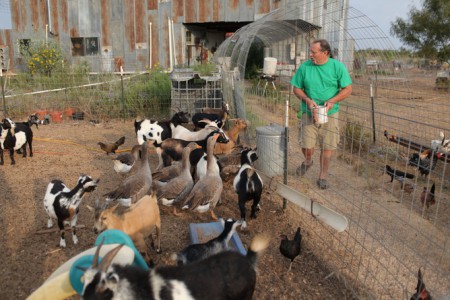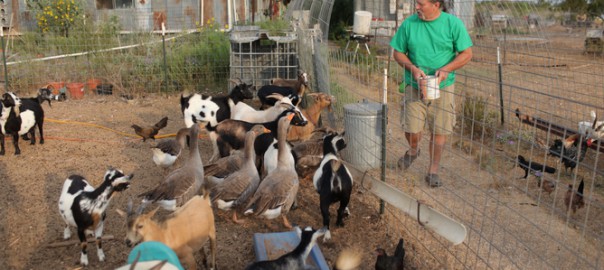A background to survivalism and going off-grid – some of it rather depressing
Environmental catastrophe, economic collapse, global pandemic … does it feel like the world is ending? If you think Armageddon is near and are trying to get ready, you are not alone.
National Geographic Channel’s Doomsday Preppers – a reality TV series that profiles various “survivalists” readying themselves to survive a range of apocalyptic circumstances – is the network’s most-watched series. It has prompted a slew of similar programming such as Discovery Channel’s rival Doomsday Bunkers.
Of course, even after an apocalypse one needs a place to live.
Since it first aired in 2012, Doomsday Preppers has featured survival retreats ranging from pre-fabricated steel shelters and decommissioned missile silos, to hand-built forest cabins and buried shipping containers. What has emerged is a picture of the ideal survival retreat (or “bug-out location” to use prepper slang) as rural, secluded, self-sufficient and fortified.
…

(Photo Credit: National Geographic Channel/ Sharp Entertainment)
Anthropologist Richard G. Mitchell’s Dancing at Armageddon (2001) is, I think, one of the most level-headed studies of survivalist culture. His work points to the way survivalism is rarely about extremist action. Rather, it is more often about tinkering with tools, exchanging ideas and creative storytelling.
We can see the design of the survival retreat as a wilder version of the more familiar impulse towards DIY and home renovation.
Survivalists use these projects as a focus for developing the personal skills, knowledge, and praxis needed to embrace a radically changing world. Potential chaos and crisis is embraced as the opportunity for developing personal autonomy.
Read more: The Conversation (November 2014)
